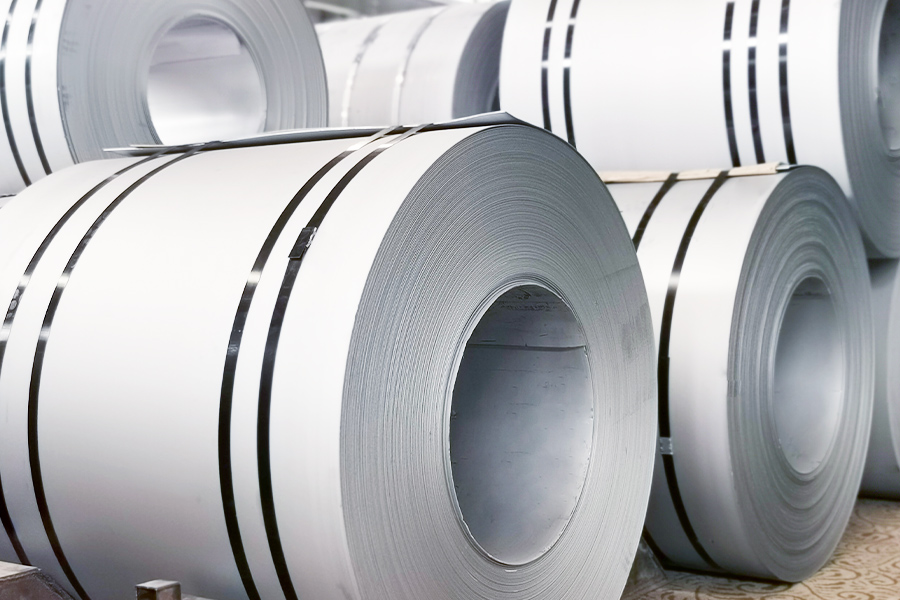Views: 0 Author: Site Editor Publish Time: 2024-06-29 Origin: Site
Differences between Stainless Steel And Carbon Steel
When it comes to choosing the right type of steel for your project, understanding the differences between stainless steel and carbon steel is crucial. Both materials have unique properties that make them suitable for various applications. In this article, we will delve into the key distinctions between stainless steel and carbon steel, helping you make an informed decision for your next project.
Stainless steel is an alloy primarily composed of iron, chromium, and nickel. The presence of chromium, typically around 10-30%, gives stainless steel its remarkable corrosion resistance. This property makes it an ideal choice for environments where exposure to moisture and chemicals is a concern. Additionally, stainless steel often contains other elements like molybdenum and nitrogen, which enhance its strength and durability.
Carbon Steel
Carbon steel, on the other hand, is an alloy of iron and carbon, with the carbon content ranging from 0.2% to 2.1%. Unlike stainless steel, carbon steel does not contain significant amounts of chromium or nickel. This lack of alloying elements makes carbon steel more susceptible to rust and corrosion. However, carbon steel is known for its high strength and hardness, making it suitable for applications where these properties are paramount.
Due to its corrosion resistance, stainless steel is widely used in industries such as food processing, medical equipment, and marine environments. It is also a popular choice for kitchen appliances, cutlery, and architectural features. The aesthetic appeal of stainless steel, combined with its durability, makes it a preferred material for both functional and decorative purposes.
Carbon Steel
Carbon steel is commonly used in construction, automotive manufacturing, and heavy machinery. Its high strength and ability to withstand heavy loads make it ideal for structural components, bridges, and buildings. Additionally, carbon steel is often used in the production of tools, knives, and other cutting instruments due to its hardness and edge retention capabilities.
Stainless Steel
Stainless steel tends to be more expensive than carbon steel due to the cost of alloying elements like chromium and nickel. However, its low maintenance requirements and long lifespan can offset the initial investment. Stainless steel is easy to clean and does not require protective coatings, making it a cost-effective choice in the long run.

Carbon Steel
Carbon steel is generally more affordable than stainless steel, making it a popular choice for budget-conscious projects. However, it requires regular maintenance to prevent rust and corrosion. Protective coatings, such as paint or galvanization, are often applied to carbon steel to enhance its durability and extend its lifespan.

Stainless steel is known for its excellent weldability and machinability. It can be easily welded and formed into various shapes without losing its strength or corrosion resistance. This makes stainless steel a versatile material for complex designs and intricate components.

Carbon Steel
Carbon steel also offers good weldability and machinability, but it can be more challenging to work with compared to stainless steel. The higher carbon content can lead to brittleness and cracking during welding, requiring specialized techniques and equipment. Despite these challenges, carbon steel remains a popular choice for many applications due to its strength and cost-effectiveness.

In summary, the choice between stainless steel and carbon steel depends on the specific requirements of your project. Stainless steel offers superior corrosion resistance, low maintenance, and aesthetic appeal, making it ideal for environments exposed to moisture and chemicals. On the other hand, carbon steel provides high strength, hardness, and affordability, making it suitable for structural and heavy-duty applications. By understanding the differences between these two materials, you can select the best steel for your needs and ensure the success of your project.
